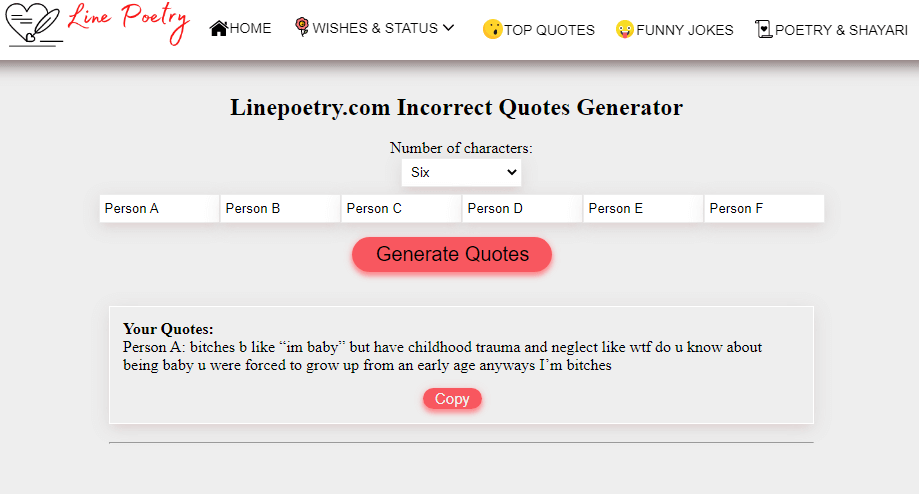An organization unit (OU) is a logical grouping of resources within an organization that shares a common purpose, function, or responsibility. OUs are used to organize and manage resources, such as users, computers, and other objects, in a way that reflects the structure and goals of the organization.
OUs can be used to delegate administrative authority and control over resources. For example, an OU might be created for a specific department within an organization, and the department head might be given administrative control over the resources within that OU. This allows for more efficient management of resources and allows for greater autonomy within the organization.
OUs can also be used to apply policies and permissions to resources. For example, a policy might be applied to an organization unit to require strong passwords for all users within that OU. This ensures that all resources within the OU are subject to the same security policies and reduces the risk of security breaches.
Another important function of OUs is that they can be used to simplify management tasks. By grouping resources within OUs, administrators can more easily manage and monitor resources within the organization. For example, an administrator might create an OU for all printers within the organization and apply a policy to the OU that requires all printers to be configured in a certain way. This ensures consistency across all printers and makes it easier to manage and troubleshoot printing issues.

Overall, OUs are an important tool for organizing and managing resources within an organization. They allow for efficient management of resources, delegation of administrative authority, application of policies and permissions, and simplification of management tasks. By using OUs effectively, organizations can improve their efficiency, security, and overall performance.
One of the key benefits of OUs is that they can be used to reflect the structure of the organization. For example, an OU might be created for each business unit or department within the organization. This allows for a clear and logical organization of resources, making it easier to find and manage resources within the organization.
Another advantage of using OUs is that they can be nested. This means that an OU can contain other OUs, allowing for even greater flexibility and granularity in the organization of resources. For example, an OU might be created for a specific department, and within that OU, sub-OUs might be created for different teams within the department.
OUs can also be used to simplify the management of security and access control. By grouping resources within OUs, administrators can more easily manage and monitor permissions and access control for those resources. This reduces the risk of security breaches and ensures only authorized users have access to sensitive resources.
It’s worth noting that the use of OUs can vary depending on the type of organization and the specific needs of that organization. For example, a small organization with a relatively simple structure may not need to use OUs extensively, while a large, complex organization may require a more granular and detailed organization of resources using OUs.
OUs are not only used in traditional on-premises environments but also in cloud-based environments such as Microsoft Azure and Amazon Web Services (AWS). In these environments, OUs are known as organizational units or OUs. Cloud-based OUs serve the same purpose as on-premises OUs, allowing resources to be grouped, managed, and monitored according to the organization’s structure and policies.

OUs are also an important part of identity and access management (IAM) systems. In an IAM system, OUs can be used to organize users and groups, allowing administrators to more easily manage permissions and access control. For example, an OU might be created for a specific group of users, and a policy might be applied to that organization unit to restrict access to certain resources.
While OUs are a powerful tool for organizing and managing resources, they are not without their limitations. One limitation is that OUs can be difficult to manage and maintain in large, complex environments. It’s important to carefully plan and design the OU structure to ensure that it is scalable and manageable over time.
Another limitation of OUs is that they can lead to unnecessary complexity if not used effectively. It’s important to balance the need for organization and management with the need for simplicity and flexibility. This requires careful planning and a clear understanding of the organization’s structure and goals.
In conclusion, organization units are a vital part of modern IT environments, allowing resources to be organized, managed, and monitored according to the organization’s structure and policies. While OUs can be a powerful tool, they require careful planning and design to ensure that they are scalable, manageable, and effective. By using OUs effectively, organizations can improve their efficiency, security, and overall performance.
















